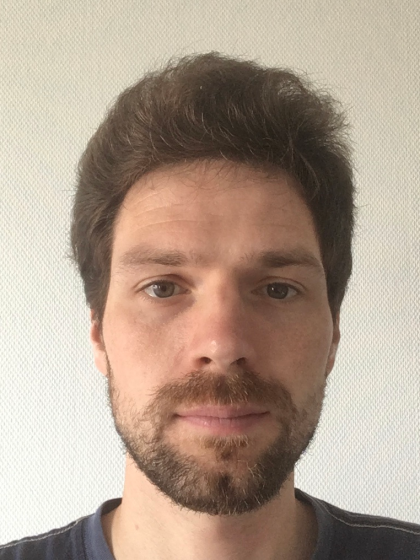K.A.M. (Kristof) de Bruyn, Dr

Telephone:
+31 6 4249 9472 (Mobile)
E-mail:
k.a.m.de.bruyn rug.nl
Field/Discipline
Expertise
I am a researcher at the Van Swinderen Institute for Particle Physics and Gravity, working in the High Energy Frontier. I participate in the Large Hadron Collider beauty (LHCb) experiment, studying the spontaneous disintegration of rare subatomic particles that contain the heavy beauty quark. These exotic particles are a powerful tool to test the Standard Model of elementary particle physics, describing the fundamental building blocks of our Universe and their interactions. Recent experimental results from the LHCb experiment have found puzzling discrepancies with the Standard Model predictions when comparing select decay paths containing electrons, muons or tau leptons with one another. I would like to understand the origin of these discrepancies, and am therefore setting up a new measurement of a similar but slightly different decay processes: the disintegration of a subatomic particle made from the combination of a beauty and a charm quark into a tau lepton and its neutrino.In addition to analysing the data collected by the LHCb experiment, I am also involved in the construction, commissioning and operation of LHCb's innermost silicon pixel detector, the Vertex Locator. This detector is crucial for identifying particles containing beauty quarks from among the many other particles created in the proton-proton collisions produced by the Large Hadron Collider.Signs for new particle physics phenomena are extremely rare and hence require millions of collisions per second to be analysed in real-time. If we want to continue this search in the future, we wil need to collect more and more data with the LHCb experiment. This requires the development of new technology relying on picosecond timing information to separate the collisions from one other in both space and time. I am involved in the R&D for the next generation silicon pixel detectors, focussing on how we can time-align all individual pixels at the picosecond level.
Last modified:23 September 2025 08.01 a.m.
